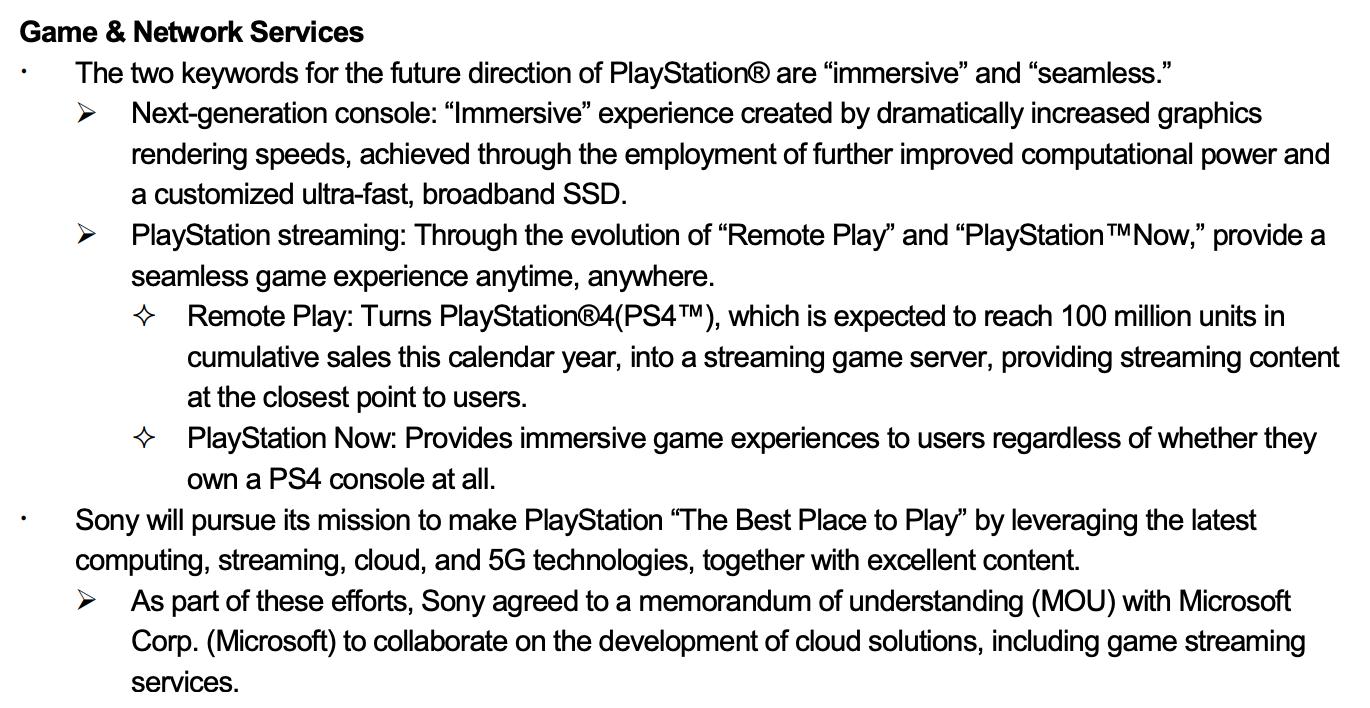Rootax
Veteran
It's been years* than IMG tech propose RT tech, and no one to my knowledge used it. I doubt someone will now....
"we first talked about our ray tracing IP back in 2012, and in 2014 this was followed by the launch of our ray tracing GPU family, a GPU featuring a block dedicated to accelerating ray tracing. This was intended for use in mobile hardware, but for demonstration and ease of development purposes, we had the chip integrated into a PCIe evaluation board, which was running by 2016."
https://www.imgtec.com/blog/imagination-technologies-the-ray-tracing-pioneers/
"we first talked about our ray tracing IP back in 2012, and in 2014 this was followed by the launch of our ray tracing GPU family, a GPU featuring a block dedicated to accelerating ray tracing. This was intended for use in mobile hardware, but for demonstration and ease of development purposes, we had the chip integrated into a PCIe evaluation board, which was running by 2016."
https://www.imgtec.com/blog/imagination-technologies-the-ray-tracing-pioneers/


